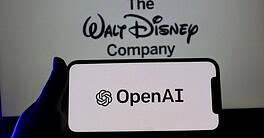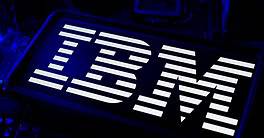Report fromEurofinance's 27th annual treasury management conference.

Treasurers may not be worried about robots replacing them quite yet. After all, a machine cannot source liquidity in a crisis, not yet anyway.
However, it is probably fair to say that artificial intelligence (AI), machine learning and robotic process automation (RPA) have truly arrived in treasury management. Although it is still relatively early days for a lot of these applications, which are doing pretty simple tasks for now—checking balances, automating manually intensive, repetitive and error-prone processes—it is only the tip of the iceberg of what they could potentially do.
Bankers and treasury software vendors at EuroFinance’s International Treasury Management conference in Geneva from the 26–28 September, braced themselves for a future where AI, machine learning and RPA play an increasingly important role in treasury management applications beyond the simple tasks they do now.
At the Eurofinance conference in Geneva, Spotify outlined how it is using RPA and machine learning for some of its back-office treasury operations to save time and money and eliminate the risk of human error.
Their advice to other treasuries looking to implement the technology was to start small, find a process that doesn’t use too many systems and make sure you have the correct governance frameworks in place to ensure the machine is doing its job properly. “The next step,” said Sara Andersson, a treasury operations analyst at the company, “is to onboard more departments and to start building RPA applications in-house.”
Paul Higdon, co-CTO at treasury management software provider ION says it already uses deep learning applications for authentication applications that use biometrics (face and voice recognition). Other applications he foresees it being used for in the future are managing treasury positions, which previously used rules-based software. “There’s a lot of hype around machine learning, but it’s delivering some amazing results. It works really well on well-defined problems, but machine-learning algorithms haven’t gone to the next level of complexity yet, for example interpretation based problems with limited sets of historical data. Current machine-learning algos can’t cope with that well.”
“AI is not going to replace a treasurer,” Higdon continues, “but it could elevate them to a super treasurer to help them do a better job of understanding what is working with multi-dimensional volume based tasks such as payment or hedging and developing new strategies.”
Bank of America Merrill Lynch (BoAML) has surpassed one million users on its Erica AI-Driven Virtual Assistant for consumer banking customers. Erica uses AI, predictive analytics and natural language processing to enable mobile banking customers to more easily search for transactions, view balance information and bills and obtain credit scores.
Tom Durkin, head of Global Digital Channels at BoAML, says these kinds of technologies will start to infiltrate the corporate side of the banking business. Durkin says the bank is looking to make an Erica-type capability available to guide employees when making payments, for example, by providing more proactive advice.
Cognitive computing, a form of AI, could potentially help with cash flow forecasting, says Matthew Davies, head of Global Transaction Services EMEA at BoAML. “You could potentially take historical bank statements out of ERP systems and use AI to improve cash-flow forecasting,” he says.



